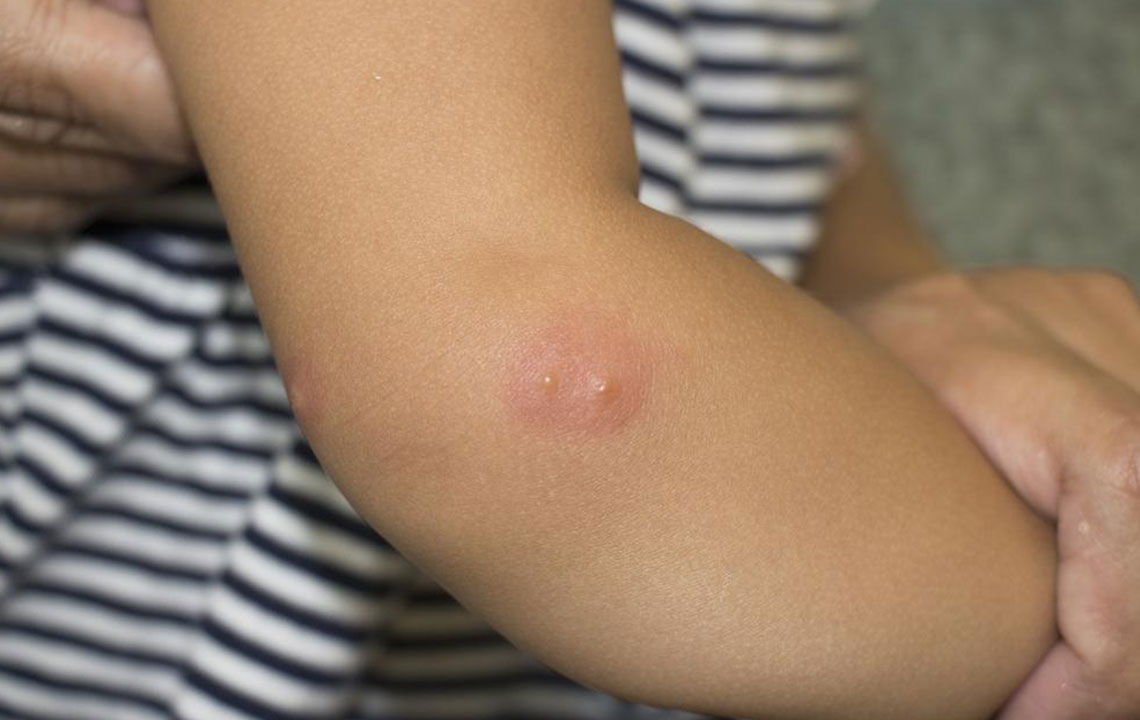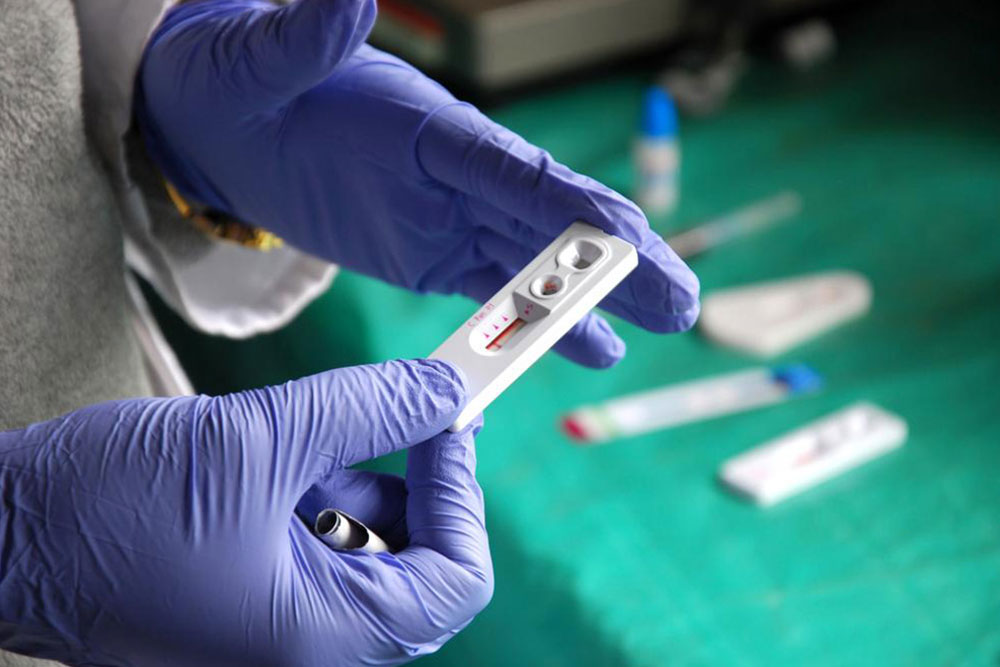Comprehensive Guide to Shingles: Recognizing Symptoms and Effective Prevention Strategies
Discover an in-depth look into shingles, including its symptoms, causes, risk factors, prevention methods such as vaccination and lifestyle tips, and effective treatment options. This comprehensive guide aims to educate readers on managing and preventing this painful viral condition, emphasizing early diagnosis and the importance of immune health for better outcomes.

Understanding Shingles: Recognizing Symptoms and Effective Prevention Strategies
Shingles, medically known as herpes zoster, is a distressing viral infection characterized by a painful skin rash. It results from the reactivation of the varicella-zoster virus, which is also responsible for chickenpox. Although primarily affecting adults, especially those over 30, shingles can cause significant discomfort and health complications if not properly managed. This comprehensive guide explores the symptoms, causes, risk factors, prevention methods, and treatment options available for shingles, empowering individuals to protect themselves effectively.
What is Shingles? An Overview
Shingles is a viral disease caused by the reactivation of the varicella-zoster virus. After an individual recovers from chickenpox, the virus doesn't leave the body entirely; instead, it remains dormant in nerve tissues. Years later, due to various triggers, the virus can reactivate, leading to shingles. The condition is characterized by a distinctive rash that typically appears as red patches with fluid-filled blisters, often confined to one side of the body or face. The severity and location of the rash can vary, but it is usually accompanied by intense pain, which can persist even after the rash heals—a condition known as postherpetic neuralgia.
Symptoms of Shingles: How to Recognize the Disease
Understanding the early signs of shingles is crucial for prompt treatment. The initial symptoms are often subtle and can include fatigue, general discomfort, fever, and body aches. Many individuals experience a tingling or burning sensation in a specific area of the skin, indicating the virus's reactivation along nerve pathways. As the condition progresses, red patches emerge, soon developing into clusters of fluid-filled blisters. These blisters typically follow a dermatomal distribution, meaning they appear along the nerve routes on one side of the body or face. The pain associated with shingles can range from mild to severe, described as burning, stabbing, or shooting sensations, profoundly affecting quality of life.
Risk Factors and Causes
The reactivation of the varicella-zoster virus is linked to a weakened immune system. Several factors can increase susceptibility, including aging, stress, and certain medical conditions. Older adults, particularly those over 50, are at higher risk because immune function tends to decline with age. Individuals with compromised immune systems—due to HIV/AIDS, cancer treatments, organ transplants, or chemotherapy—are more vulnerable. Stress and mental health issues can also trigger immune suppression, facilitating virus reactivation. Additionally, diseases like diabetes and conditions that impair immune responses elevate the risk. Notably, shingles is contagious through direct contact with the rash of an infected person, especially before the blisters crust over, and can cause chickenpox in those who've never had the disease.
Preventive Measures: Vaccination and Lifestyle Tips
Prevention plays a pivotal role in reducing the incidence and severity of shingles. The most effective preventive measure is vaccination. The shingles vaccine, recommended for individuals aged 50 and above, significantly decreases the risk of developing shingles and related complications. There are two types of vaccines—Zostavax and Shingrix—with Shingrix being preferred due to higher efficacy and longer-lasting protection. Aside from vaccination, maintaining a robust immune system is vital. A balanced diet rich in vitamins, regular exercise, adequate sleep, and stress management strengthen immunity. Avoiding contact with individuals who have active shingles rash is essential to prevent transmission, particularly for immunocompromised persons or pregnant women.
Treatment Options and Management
If diagnosed early, antiviral medications such as acyclovir, valacyclovir, or famciclovir can effectively reduce symptoms, shorten disease duration, and prevent complications. Pain management is equally important; over-the-counter pain relievers, topical agents, and sometimes nerve blocks are used to alleviate discomfort. In some cases, corticosteroids might be prescribed to reduce inflammation. Early treatment significantly decreases the risk of postherpetic neuralgia, a persistent nerve pain syndrome. Supportive care includes keeping the rash clean and dry, wearing loose clothing, and avoiding scratching. Medical follow-up is crucial, especially if symptoms worsen or complications develop, such as bacterial infections or eye involvement—requiring urgent attention to prevent vision loss.
Living Well with Shingles
Living with shingles involves managing symptoms and preventing complications. Patients are advised to rest, stay hydrated, and monitor their skin for signs of secondary infection. Psychological support may be helpful, as pain and discomfort can affect mental health. Recognizing early symptoms and seeking prompt medical care increases the likelihood of effective treatment and a quicker recovery. Educational awareness about the importance of vaccination and lifestyle modifications can drastically reduce the individual and public health burden associated with shingles. Ensuring widespread understanding and access to vaccines is essential for community health initiatives.
Final Thoughts
Shingles is a common but preventable condition that can cause significant pain and health complications. Awareness about its symptoms, causes, and prevention measures is critical for early intervention and reducing the disease burden. Vaccination remains the most powerful tool in preventing shingles and its associated complications, especially in vulnerable populations. Maintaining a healthy immune system through appropriate lifestyle choices can also reduce risk. If you or a loved one notice signs of shingles, seeking prompt medical attention is vital for effective management and comfort. Education and proactive health strategies are key to minimizing the impact of this painful condition on individuals and society.





